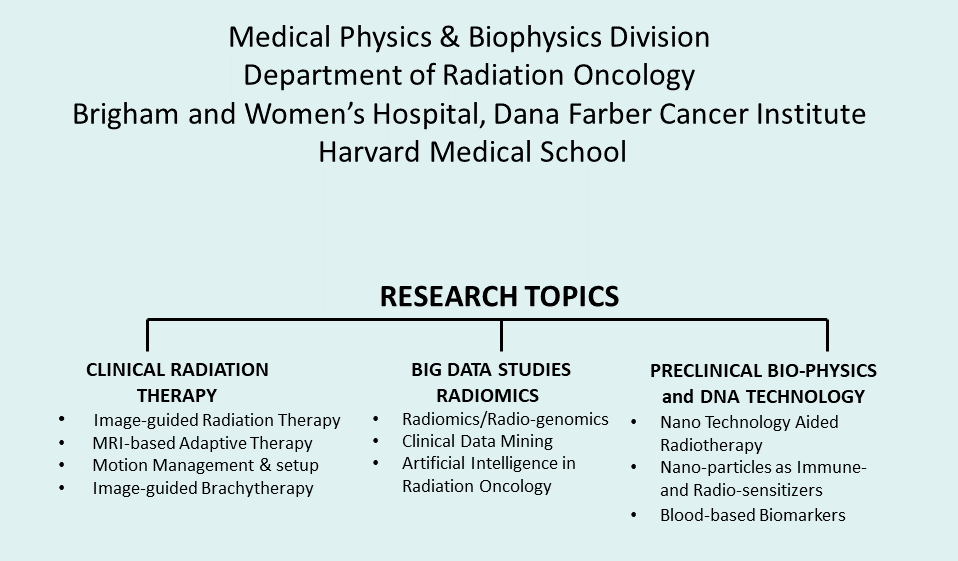Medical physics is an intricate and multifaceted discipline that bridges the gap between medicine and physics, primarily concerned with the application of physical principles to the diagnosis and treatment of diseases. It comprises several specialized areas, each of which holds profound promise for enhancing healthcare delivery and patient outcomes. This article delves into the primary fields of specialization within medical physics, illuminating their unique contributions and potential future trajectories.
1. Radiation Oncology
Radiation oncology harnesses the therapeutic properties of ionizing radiation to target and destroy malignant cells. Medical physicists in this arena are pivotal in treatment planning and delivery, ensuring the precision of radiation beams that treat tumors while minimizing exposure to surrounding healthy tissue. Their expertise extends to the calibration of linear accelerators and the implementation of advanced imaging techniques to ascertain tumor localization and monitor treatment efficacy. As technology advances toward personalized treatment regimens, the role of medical physicists in radiation oncology is expanding, integrating genomic data and artificial intelligence to optimize treatment plans.
2. Diagnostic Imaging
Within the realm of diagnostic imaging, medical physicists engage in the development and enhancement of imaging modalities such as X-rays, MRI, PET, and ultrasound. Their responsibilities include ensuring image quality, radiation safety, and compliance with regulatory standards. In particular, advancements in computational techniques have led to the emergence of novel imaging biomarkers that can facilitate early disease detection and monitoring. By employing sophisticated algorithms and machine learning approaches, medical physicists are redefining the landscape of diagnostic imaging, fostering a paradigm shift toward precision medicine.
3. Nuclear Medicine
Nuclear medicine utilizes radioactive substances for both diagnostic and therapeutic purposes. Medical physicists in this field focus on the safe administration of radiopharmaceuticals and the accurate interpretation of absolute quantification of radiotracer distribution in tissues. This domain is particularly unique due to its capacity for imaging physiological processes in real time, offering insights that go beyond anatomical assessments. The evolution of targeted radionuclide therapy illustrates the dynamic nature of nuclear medicine, where collaborations between physicists, chemists, and clinicians promise to yield novel treatment modalities for oncological and cardiovascular patients.
4. Medical Health Physics
In the domain of health physics, medical physicists ensure the safe use of radiation in healthcare settings. This specialization encompasses monitoring, evaluating, and mitigating radiation exposure to both patients and healthcare providers. By conducting risk assessments and implementing stringent safety protocols, medical physicists safeguard against the adverse effects associated with radiation. The relentless evolution of safety regulations and emerging technologies—like the bolstering of occupational safety measures in interventional radiology—demonstrates a growing need for adept health physicists in the face of increasing complexity in diagnostic and therapeutic practices.
5. Physics in Radiation Safety
The specialization of radiation safety focuses primarily on minimizing exposure risks associated with radiological procedures. Medical physicists in this field develop protocols for emergency preparedness and assess the potential health implications of radiation exposure to medical staff and patients. Their role extends beyond mere compliance with national guidelines; they act as educators, ensuring that medical personnel are equipped with the knowledge to handle radiological equipment and respond effectively to anomalies. As regulators enhance scrutiny in response to burgeoning safety concerns, the importance of radiation safety within medical physics will likely continue to grow.
6. Engineering Physics
The intersection of engineering and medical physics, engineering physics, is crucial in the development of innovative medical devices. Medical physicists in this arena not only contribute to the conceptualization and design of imaging and treatment devices but also engage in stringent testing and validation processes to ensure optimal functionality. This specialization is vital in translating theoretical advancements into clinical tools, enabling healthcare providers to deliver enhanced diagnostic and therapeutic care. Emerging fields such as bioengineering and nanotechnology hold particular promise, as they further integrate the principles of engineering with biological systems for superior healthcare outcomes.
7. Biophysics in Healthcare
Biophysics, while more traditionally associated with the understanding of molecular and cellular processes, plays a vital role in medical physics through its emphasis on the mechanisms of action for various treatment modalities. Medical physicists harness biophysics to explore interactions between radiation, biological systems, and emerging therapeutic agents. As the field evolves, the principles of biophysics will increasingly inform clinical decisions, enabling more precise and effective treatment protocols that account for individual biological variability.
8. Professional Education and Training
Lastly, the realm of education and training in medical physics deserves consideration. With rapid advancements in technology and increasing complexity in healthcare delivery, there is a surging demand for proficient medical physicists. This specialization focuses on developing comprehensive curricula and training programs tailored for aspirant medical physicists. By fostering interdisciplinary collaboration and ensuring the delivery of cutting-edge knowledge, this area of specialization confirms its vital role in securing the future of medical physics and, consequently, the broader healthcare landscape.
In summation, the areas of specialization under medical physics are diverse and continually evolving. Each specialization contributes to the overarching goal of enhancing patient care through innovative applications of physics in medicine. The future promises a transformative trajectory, characterized by interdisciplinary collaboration, technological advancements, and an unwavering commitment to improving healthcare outcomes. As the field progresses, the curiosity and engagement of medical physicists will be fundamental in unlocking new possibilities within this ever-expanding discipline.












